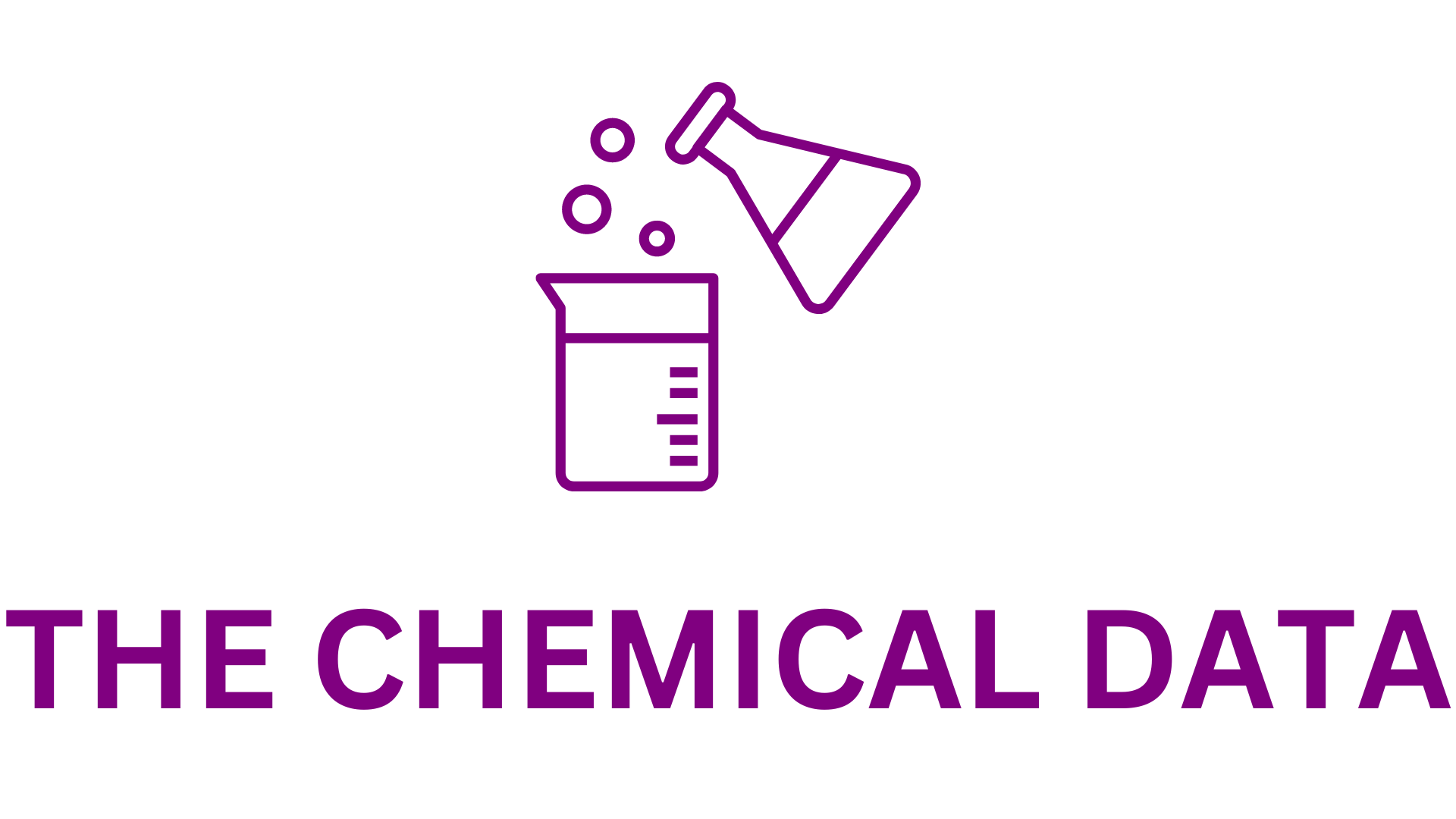
The report “Gas Separation Membrane Market by Module, Material Type, Application, and Region – Global Forecast to 2030”
has been added to ResearchAndMarkets.com’s portfolio, offering a comprehensive assessment of the expanding global market for gas separation membrane technologies. According to the study, the market is projected to increase from USD 1.16 billion in 2025 to USD 1.67 billion by 2030, achieving a CAGR of 7.4% throughout the forecast period. This growth is supported by rising industrial applications, technological improvements in membrane module design, and a growing global focus on energy efficiency and emissions reduction.
A major contributor to market expansion is the ongoing advancement in spiral-wound membrane modules, which are gaining adoption due to their strong cost-performance benefits and operational advantages. These modules feature a compact structure and provide exceptional packing density, enabling the installation of more membrane area within a smaller footprint. Their efficiency and cost-effectiveness make them ideal for large-scale gas processing operations, as well as facilities where energy consumption is a major cost driver. Industries such as petrochemicals, chemicals, utilities, and environmental treatment are increasingly adopting these modules to enhance productivity and reduce operational expenses.
Polysulfone Type Market Expansion
Within the membrane material segment, polysulfone is anticipated to capture the second-largest share of the global market. Polysulfone membranes offer a combination of mechanical strength, thermal stability, and chemical resistance that positions them as a versatile option for several critical applications. These membranes exhibit moderate selectivity and strong durability, making them suitable for processes such as air separation, hydrogen recovery, and biogas upgrading.
Furthermore, polysulfone’s adaptability allows it to be configured across a wide range of module types, including plate-and-frame, hollow fiber, and spiral-wound designs. This flexibility strengthens its value proposition, enabling manufacturers to meet different application-specific requirements across industries. As demand continues to rise for robust and adaptable membrane materials capable of operating in challenging environments, polysulfone is expected to maintain a significant position within the market.
Nitrogen Generation & Oxygen Enrichment: Growing Significance
The nitrogen generation and oxygen enrichment segment is forecast to hold the second-largest share of the global market during the forecast period, driven by increasing use across multiple industrial sectors. Nitrogen generation membranes play an essential role in industries such as food and beverage packaging, electronics manufacturing, and pharmaceuticals, where high-purity nitrogen is required for blanketing, purging, and preservation.
Meanwhile, oxygen enrichment technologies are becoming increasingly important in sectors such as healthcare, metal cutting, chemical processing, and wastewater treatment. Membrane-based systems offer the clear advantage of on-site generation, reducing logistical complications and providing consistent supply. These systems require less energy than conventional separation technologies, making them suitable for both small enterprises and large industrial facilities.
Although carbon dioxide removal (CDR) continues to lead the overall market in terms of adoption due to its importance in natural gas processing and emissions control, the steady rise of nitrogen and oxygen applications highlights their expanding contribution to industrial efficiency and environmental sustainability.
North America’s Expanding Market Position
North America is projected to secure the second-largest regional market share by 2030, supported by its well-established industrial infrastructure and strong regulatory environment. The region’s abundant shale gas resources drive high demand for gas separation membranes, particularly for natural gas purification, hydrogen recovery, and carbon capture applications. Environmental policies aimed at reducing greenhouse gas emissions are further accelerating the adoption of membrane technologies across the energy, chemical, and manufacturing sectors.
The presence of major technology developers and manufacturers—including Air Products and Chemicals, Inc., Honeywell International Inc., and Parker Hannifin Corporation—strengthens the region’s competitive landscape. These companies are actively investing in R&D, deploying new membrane units, and expanding their product portfolios. A mix of established corporations and innovative startups contributes to a dynamic environment that fosters technological progress and market growth.
Research Validation and Report Coverage
The report integrates insights gathered through direct interviews with global industry experts from multiple tiers and regions. Respondents include executives from key companies across North America, Europe, and Asia-Pacific, ensuring that the market projections and analyses reflect real-world conditions and expectations. Prominent players in the study include Air Liquide, Linde plc, UBE Corporation, and several specialized membrane technology firms.
The research examines the market across four major criteria: module type, material type, application, and geography. It explores the drivers shaping the industry—such as rising demand for carbon dioxide separation, increasing industrial needs for nitrogen generation, and stricter environmental regulations—as well as the restraints, including technical limitations and high initial capital requirements. Opportunities such as the global shift toward clean energy and the development of mixed matrix membranes (MMMs) are also highlighted as significant future growth avenues.
Market Dynamics and Case Studies
Key market drivers include the escalating need for efficient membrane systems for CO₂ separation, rising demand for nitrogen generation and syngas cleaning, and increasing enforcement of emissions standards. However, challenges remain, notably the complexity of scaling up new membrane technologies and the substantial investments required for material development and installation.
Several case studies demonstrate real-world adoption:
- Air Products supplied membrane technology for methane extraction in oil fields.
- Honeywell UOP’s Separex® membranes were deployed to ensure high-purity natural gas processing compliant with strict transportation regulations.
- Fujifilm’s Apura® membranes provided long-lasting and efficient treatment solutions for natural gas streams.
Companies Profiled
The report profiles major global companies, including Air Liquide, Air Products and Chemicals, Honeywell, UBE, Fujifilm, Linde, DIC, Generon, MTR, Parker Hannifin, Schlumberger, Airrane, Atlas Copco, Evonik, Borsig, Ardent Process Technologies, Cobetter, Genrich, Grasys, Novamem, Permselect, Pervatech, Sepratec, and Theway Membranes.
Source Link : https://www.businesswire.com/







